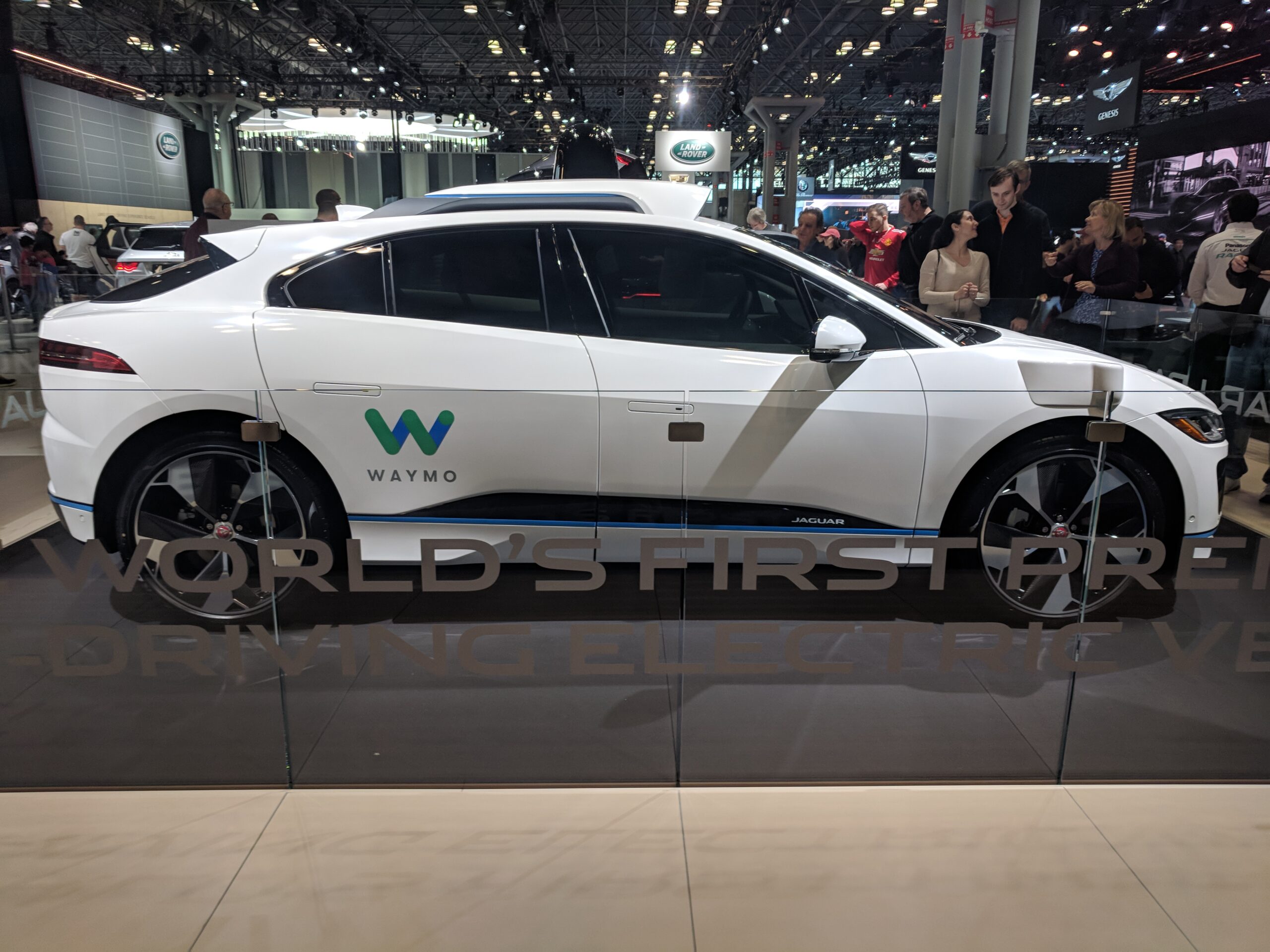
Waymo has secured its first permit from the New York City Department of Transportation to begin testing autonomous vehicles, Mayor Eric Adams announced Friday. The approval marks the city’s first official rollout of self-driving car trials.
Waymo will initially test up to eight vehicles across Manhattan and Downtown Brooklyn through late September, with the possibility of extending operations. Under New York law, a trained driver must remain behind the wheel at all times.
Mayor’s Statement
“We’re a tech-friendly administration and we’re always looking for innovative ways to safely move our city forward,” Adams said in a statement. “New York City is proud to welcome Waymo to test this new technology in Manhattan and Brooklyn, as we know this testing is only the first step in moving our city further into the 21st century.”
Nationwide Expansion Push
The announcement follows Waymo’s broader expansion across the U.S. The company launched services in Austin earlier this year, expanded in the San Francisco Bay Area in March, and has announced plans for Atlanta, Miami, Washington, D.C., and Philadelphia. In May, Waymo’s CEO said the company had surpassed 10 million robotaxi trips.
Waymo previously attempted a smaller rollout in New York in 2021, where vehicles collected data manually but did not operate autonomously. Since then, the city has created a permit framework requiring safety reporting, law enforcement coordination, and emergency services support.
As part of the permit, Waymo must provide regular updates to the DOT and comply with strict safety requirements. These include coordination with first responders and the submission of operational data to ensure public accountability.
What The Author Thinks
Waymo’s entry into New York is less about engineering and more about perception. If people don’t feel safe sharing crowded city streets with driverless cars, no amount of permits or data will win them over. The company’s challenge isn’t just technical reliability, but building trust in a city known for chaotic traffic and unpredictable pedestrians. If it works here, it could go a long way in proving autonomous vehicles are ready for prime time.
Featured image credit: Wikimedia Commons
For more stories like it, click the +Follow button at the top of this page to follow us.
